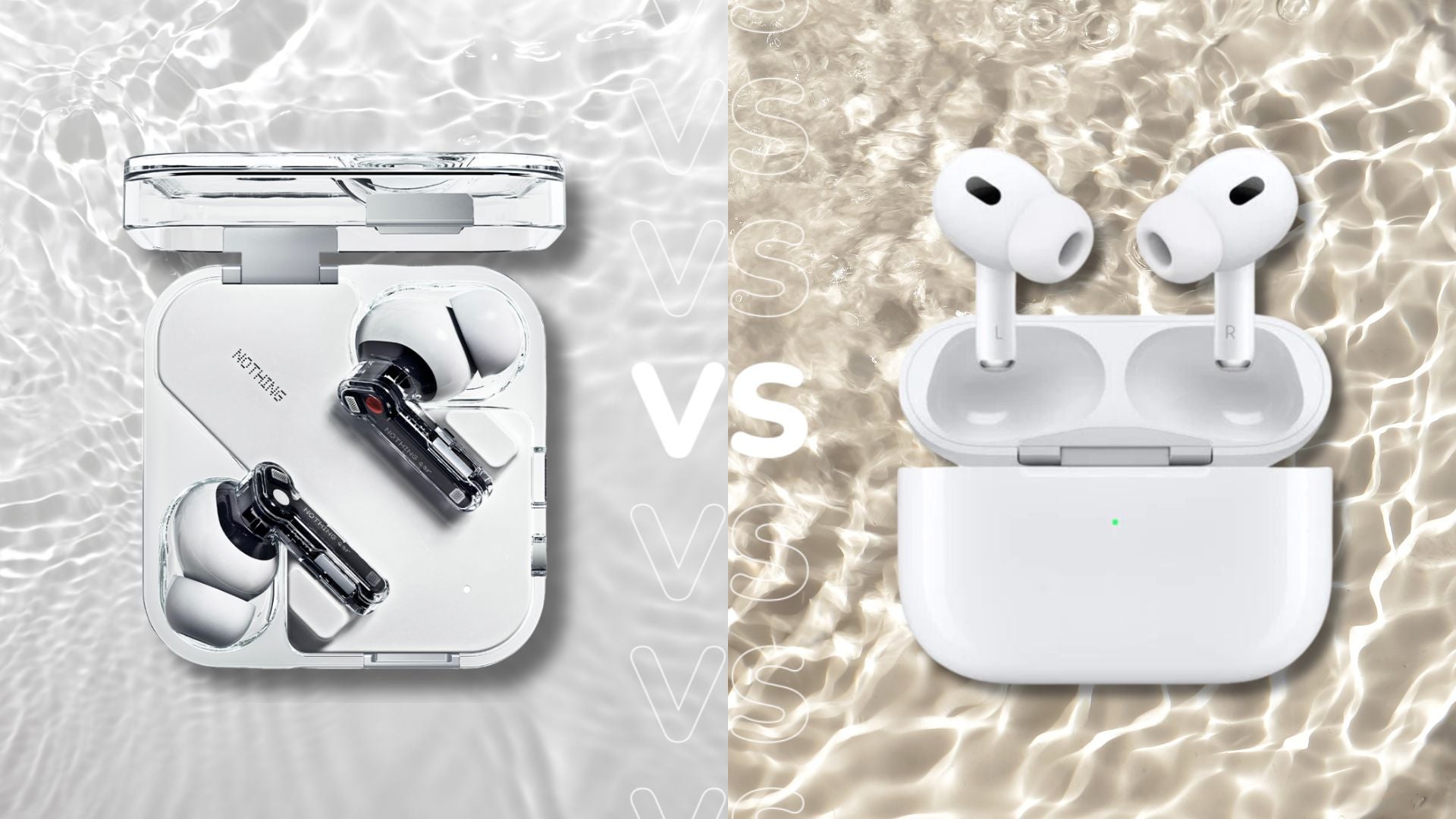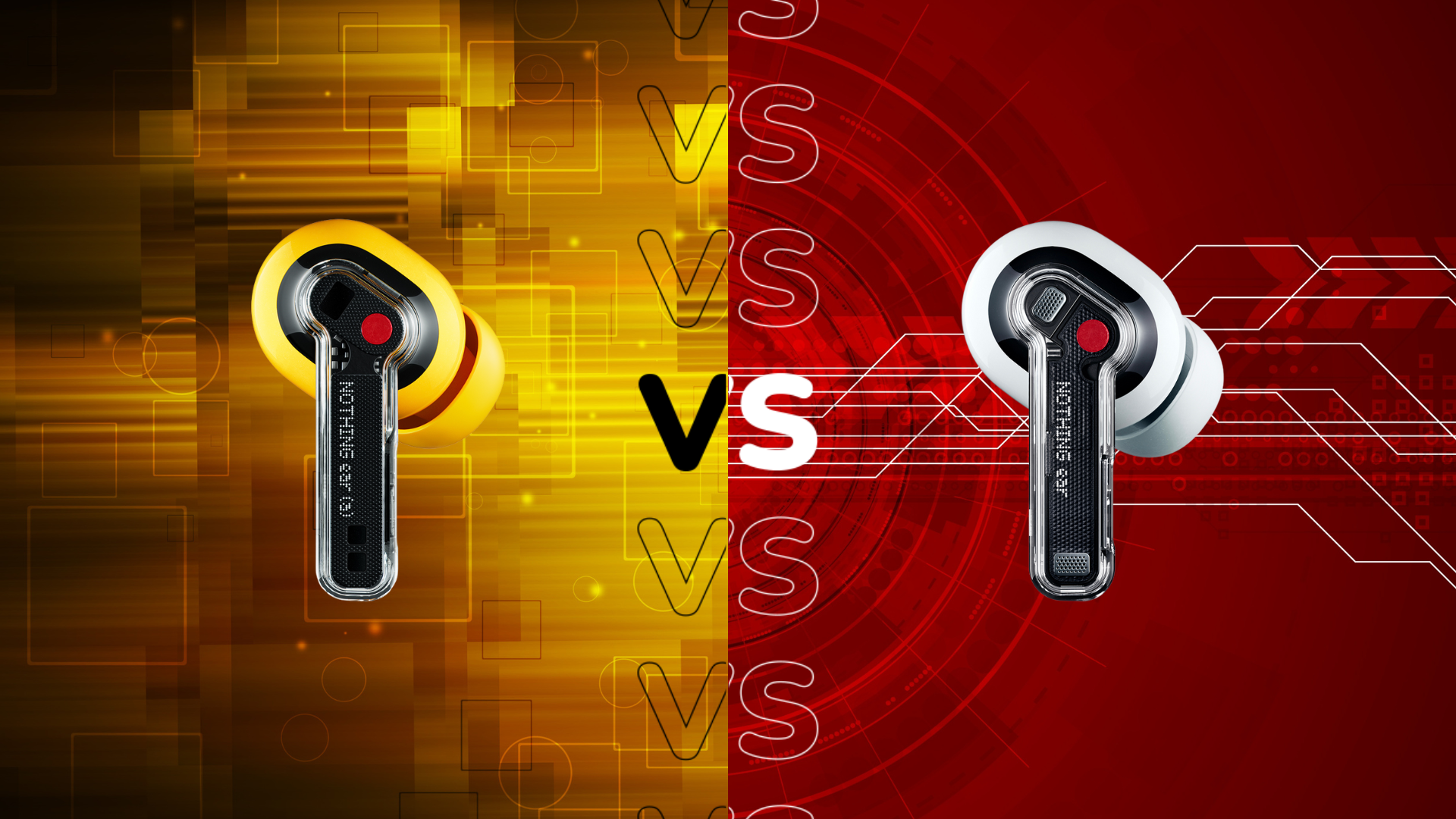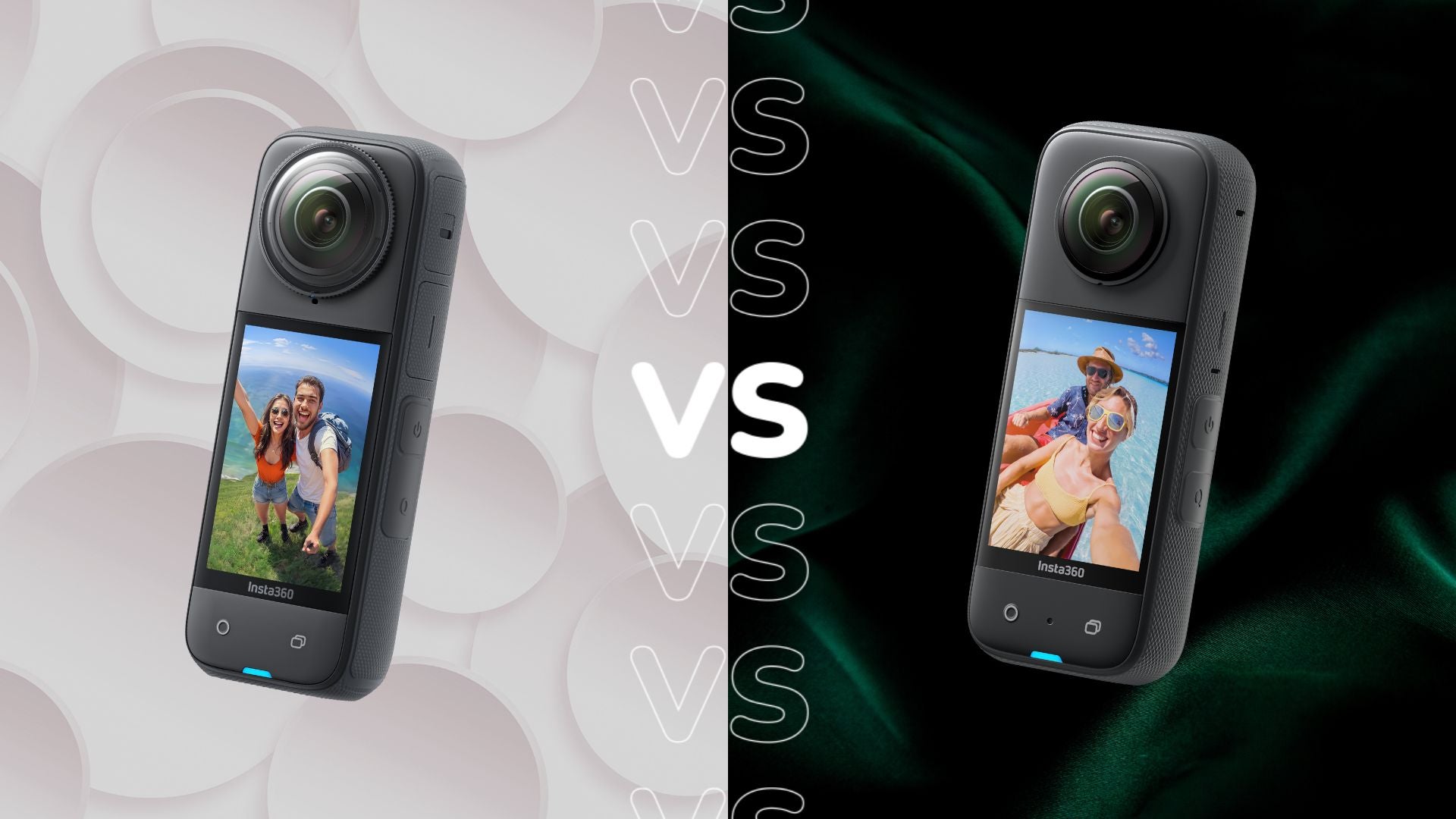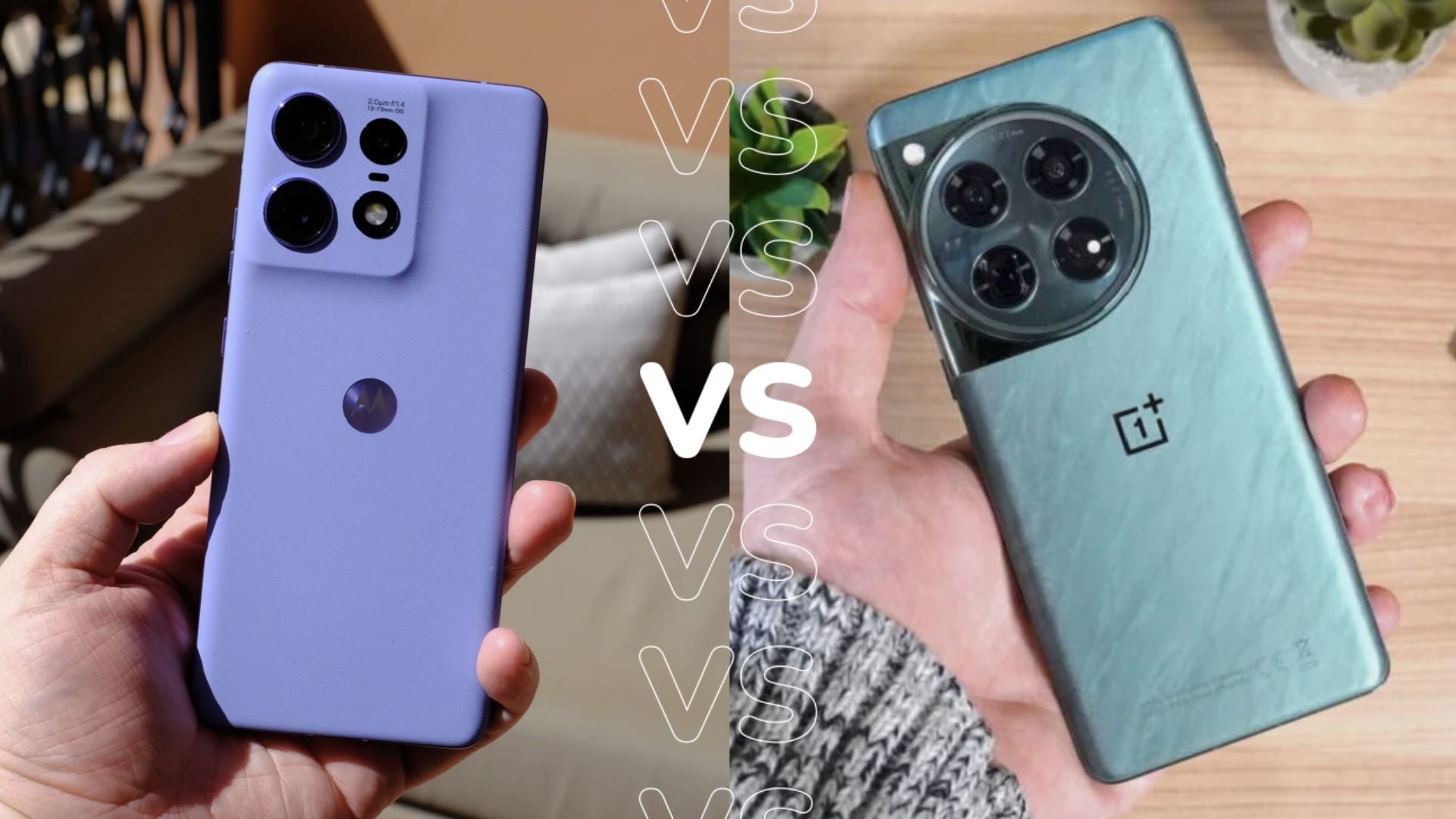Huawei P60 Art vs P60 Pro: Which handset is better?
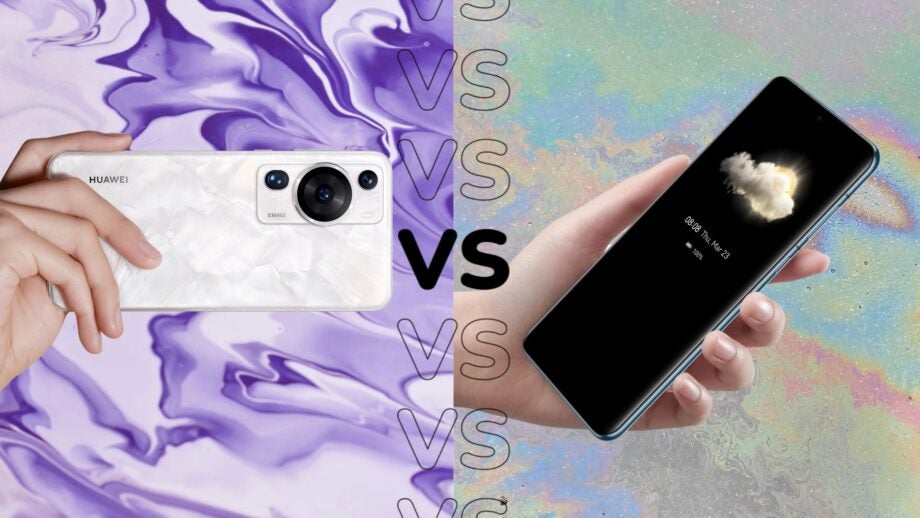
Huawei has just announced three new handsets in the latest P60 lineup, including the P60, P60 Pro and P60 Art, with the P60 Pro now available to buy in the UK and Europe.
Huawei has been very busy recently with three new phone releases, but which model is worth investing in? We’ve already looked at how the P60 and P60 Pro stack up, as well as how the P60 Pro looks against its predecessor, the P50 Pro.
So now we’re going to take on the P60 Pro and the P60 Art, the most expensive model out of the three. Read on to find out all the differences and similarities between these models so you can decide which one is best suited for you.
Pricing and release date
It’s important to note that while we do have UK and European pricing and release date information for the P60 Pro, the P60 Art is yet to get the same treatment. The P60 Pro starts at £1199/€1199 for an 8GB/256GB combo, rising to £1399/€1299 for a top-end 12GB/512GB combo.
In China, the P60 Pro costs CNY¥6,988 while the P60 Art starts at CNY¥8,925 (~£1068), making the P60 Pro the more affordable option in China at least.
We’ll be sure to update this section if/when the P60 Art gets an international release.
Design and Screen
The P60 Pro comes in more colour options than the P60 Art, boasting Rococo Pearl, Black, Green and Violet options. On the other hand, the P60 Art can be found in Seashore Gold and Azure Blue. The handsets have similar overall designs, with the P60 Pro being more pearlescent than the P60 Art.

Both handsets pack the same screen specifications, with a 6.67-inch LTPO OLED display and a resolution of 2700×1220. They also both come with an adaptive refresh rate that varies from 1Hz to 120Hz, which should ensure smooth scrolling during intensive tasks while still being able to conserve battery during less exhaustive workloads.

Galaxy S23 Ultra Unlimited Data deal
Now’s your chance to get one of 2023’s best flagship phones with plenty of data on a well-priced contract.
- Mobile Phones Direct
- £39 upfront
- Only £57/month
Camera
Starting off with the similarities, both models feature a 13-megapixel front camera and three sensors on the rear. The P60 Pro supports a 48-megapixel main camera, 13MP ultra-wide sensor and 48MP telephoto sensor. The P60 Art, meanwhile, uses the same 48MP main sensor alongside a 40MP ultra-wide sensor and 48MP telephoto sensor.
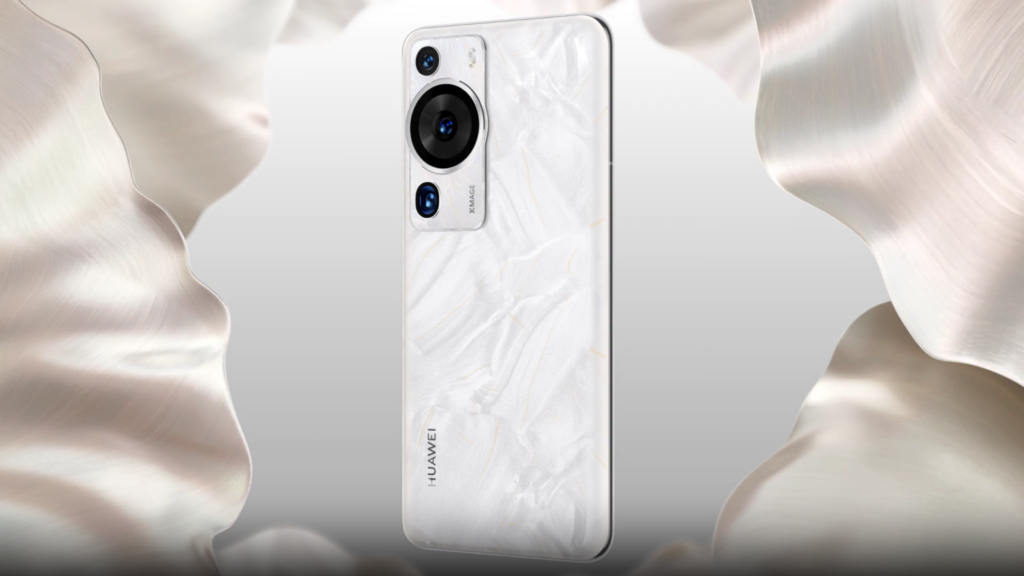
Specs and battery
Looking at what’s inside each phone, they both use the last-generation Qualcomm Snapdragon 8+ Gen 1 4G platform, with an Octa-core CPU and Adreno GPU, alongside the 7th gen Qualcomm AI Engine. Since both phones opted out of using the most recent Snapdragon 8 Gen 2 chipset, the performance may be a little lacklustre when compared to some of the latest phones developed by other manufacturers.
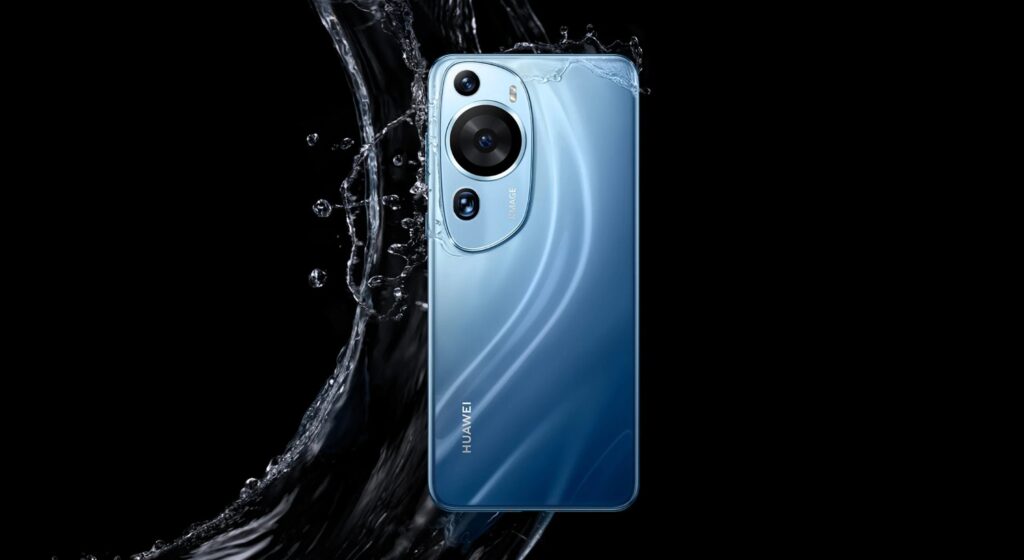
The two Huawei phones use the EMUI 13.1 operating system and the P60 Pro comes with two options in terms of configuration: 8GB RAM and 256GB storage or 12GB RAM and 512GB storage. The P60 Art instead opted for 12GB RAM and either 512GB or 1TB storage, making it the better option for those that want to store a lot of media on their mobile.
Moreover, both devices feature USB-C charging alongside a USB-C ear jack, with Bluetooth 5.2 support. The P60 Pro comes with a 4815mAh battery while the P60 Art packs a 5000mAh battery, although both models have support for 88W Huawei SuperCharge fast charging, which Huawei claims can charge the P60 Pro to 50% in just 10 minutes.


